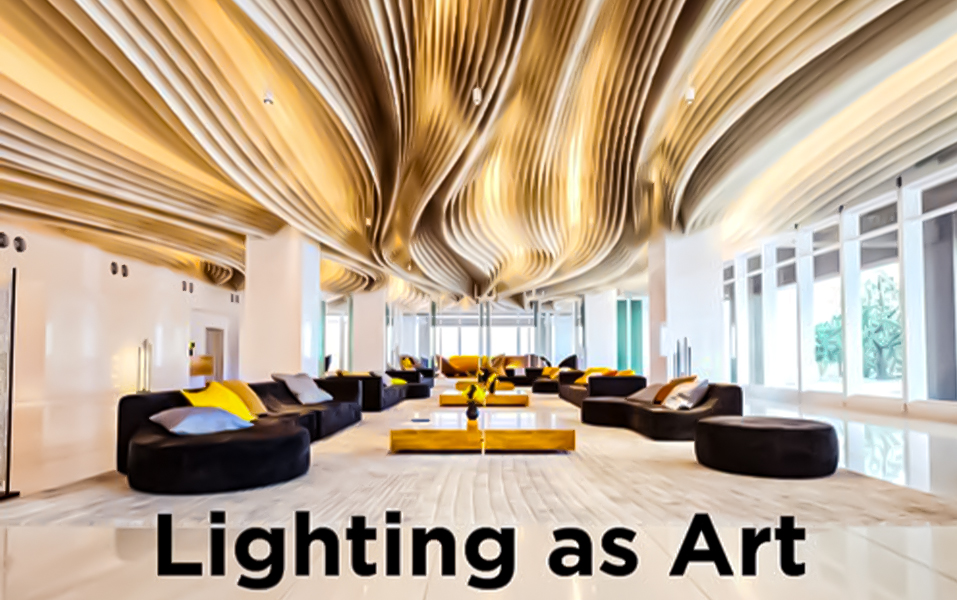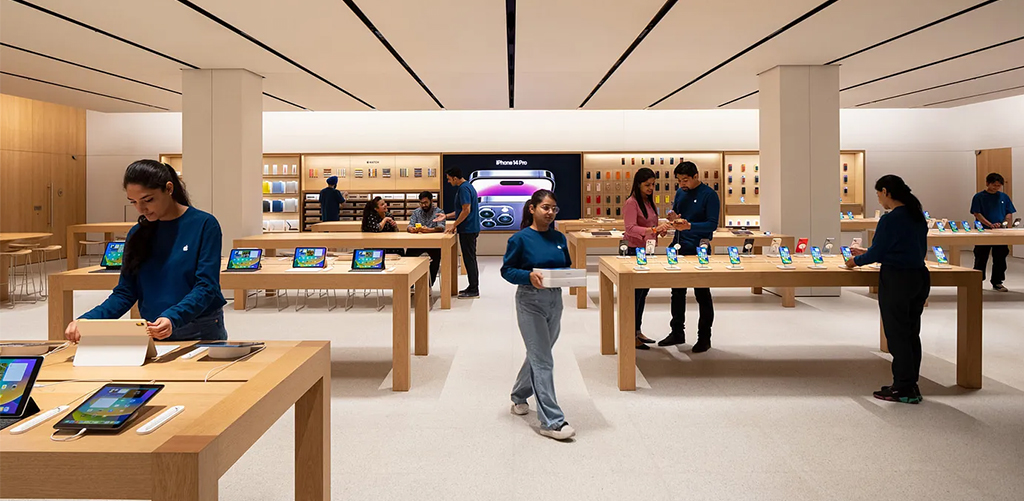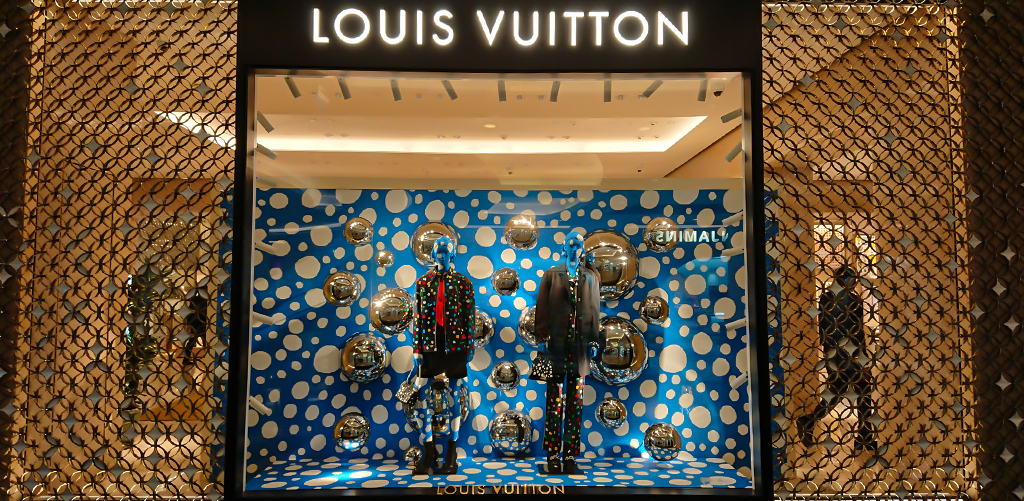

Effective lighting planning is a critical aspect of Interior Design that has a significant impact on the atmosphere and practicality of any given area. Whether you are renovating your home or creating a business space, mastering the art of using lighting efficiently may revolutionise your surroundings. Under the specialised interior design course offered at JD Institute of Fashion Technology, students get essential knowledge and understanding of the art of lighting. This blog aims to examine the many lighting strategies, including ambient, task, and accent lighting, and their potential to improve the interior space.
Lighting design is more than simply turning on the lights; it can also create an atmosphere, draw attention to certain elements, and improve the practicality of a place. Light and design work in tandem to turn any space from drab to cosy.
Aesthetics, utility, and mood enhancement are the three main focuses of lighting design. By incorporating these aspects into your home design, you can achieve a harmonious atmosphere that is both aesthetically beautiful and functionally sound.
It’s important to know the different kinds of lights and how they work so that you can make the most of your interior space. There are three main types of lights that we need to talk about:
Ambient lighting, often referred to as general lighting, provides overall illumination for a room. It serves as the primary source of light, ensuring that the space is bright enough to function but without overwhelming the eyes. Ceiling-mounted fixtures, chandeliers, and recessed lights are commonly used for ambient lighting. Apple is renowned for its minimalistic and modern store design, where lighting design plays a critical role. They use soft ambient lighting to create a calm and inviting environment that reflects the brand’s sleek and sophisticated image.

Task lighting is more organised and beneficial, as the name implies. It’s used in certain places where detailed tasks like reading, cooking, or working happen. For example, task lighting can be found in desk lamps, under-cabinet lights in restaurants, and reading lights next to beds. Starbucks stores use task lighting to make the atmosphere cosy and warm. Pendant lights are often used by the coffee giant above sitting areas and service counters to make small, well-lit areas that are good for doing certain things like reading or working on a laptop.

Accent lighting is used to draw emphasis to certain parts of a room. This could be a work of art, a part of architecture, or anything else that interests you. Accent lighting can be made with spotlights, track lighting, and wall-mounted lamps. Luxury fashion brand Louis Vuitton uses accent lighting in its stores to highlight its products and create a sense of exclusivity. Spotlights and soft task lighting draw attention to specific products on display, emphasising their craftsmanship and luxury appeal.

The Interior Design course at JD Institute ensures that students gain a deep understanding of lighting design, thereby preparing future designers to create versatile and dynamic spaces that meet the needs of their clients.
Here are some easy steps you can take to improve the inner space of your home with lighting design:
Why wait to become the best Interior Designer? Join JD Institute of Fashion Technology right now and start mastering the art of lighting and interior design! With hands-on experience, expert guidance, and real-world projects, you’ll be equipped to create stunning spaces that inspire and amaze. Take the first step towards your dream career today!